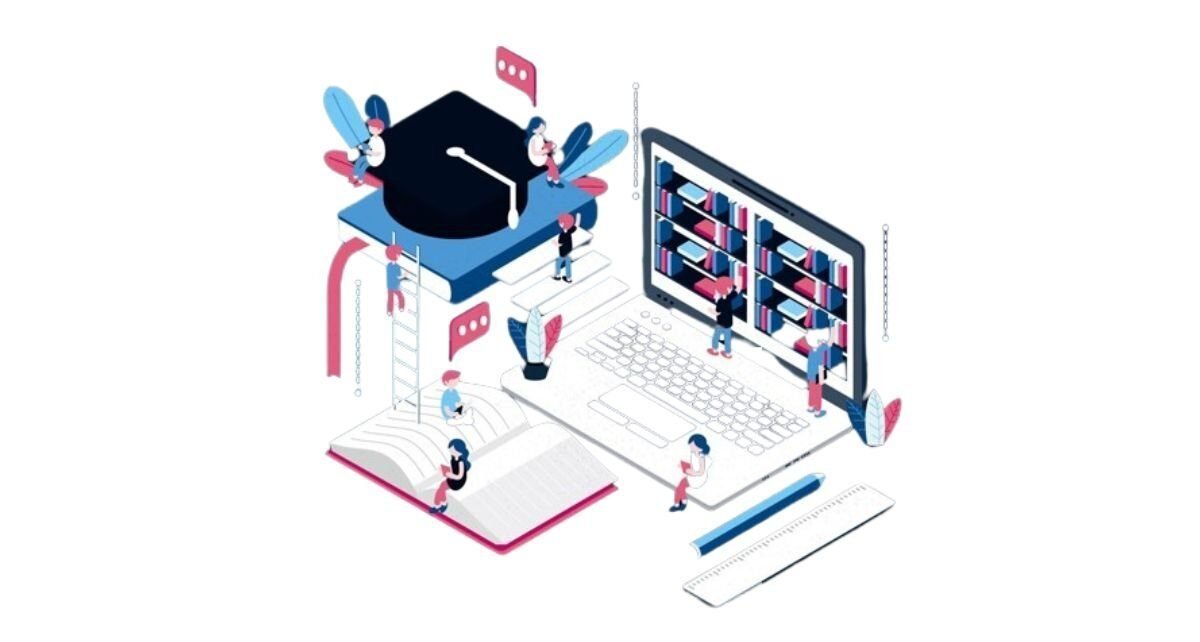New Delhi (India), May 30: Businesses across the globe are expanding rapidly, transcending borders and cultures. As the workforce becomes increasingly diverse, organisations must adapt to cultural differences.
Gone are the days when having cross-cultural corporate learning solutions was good. Now, they are essential for businesses to thrive in an interconnected global landscape.
Learning and development (L&D) focuses on acquiring knowledge, skills, and competencies within an increasingly interconnected and diverse environment. In a globalised world, individuals and organisations must adjust to the intricacies of globalisation, such as technological advancements, cross-cultural interactions, and dynamic economic and social landscapes.
The key strategies to overcome the challenges of cultural differences include:
Cultural Awareness Training
Organisations must provide cultural awareness training to learning and development professionals. Through these programs, professionals can learn and appreciate cultural differences in educational standards, communication patterns, and learning styles. You can illustrate how cultural factors impact learning processes and outcomes through case studies and real-life examples.
Customised Learning Materials
You must conduct thorough research on the cultural backgrounds of learners to develop culturally sensitive learning materials that fulfil the requirements of diverse learners. This may involve translating content into the languages spoken by the target audience while preserving cultural context and linguistic nuances. Remember to use culturally appropriate examples and case studies and incorporate diverse perspectives into the curriculum.
Flexible Delivery Methods
Give employees a variety of learning formats, like virtual classrooms, in-person workshops, mobile learning apps, and e-learning modules. Some cultures prefer face-to-face instruction, while others are comfortable with online or blended learning formats. Let learners choose the delivery method best suited to their cultural standards and preferences.
Respect Cultural Norms
Leaders must conduct audits to recognise cultural values and standards relevant to the target audience. This includes assessing factors like hierarchical structures, concepts of time and space, and gender roles. Once you understand the cultural preferences, design learning experiences accordingly, and avoid including materials or activities that can be offensive or disrespectful in specific cultural contexts.
Inclusive Learning Environments
You must try to create an inclusive learning environment where learners from various cultural backgrounds have a sense of belonging and mutual respect. Always emphasise the importance of openness, empathy, and cultural humility. Organisations can hold workshops or conferences where learners can share their experiences, insights, and perspectives in a supportive and non-judgmental environment.
Cross-Cultural Collaboration
Through corporate learning solutions, organisations must promote cross-learning collaboration and peer learning opportunities. They must organise group activities, discussions, or projects that encourage collaboration and interaction among learners from different cultural backgrounds. Such an environment allows participants to learn from each other’s perspectives, knowledge, and experiences, boosting empathy and cultural understanding.
Feedback and Evaluation
L&D professionals must conduct surveys, individual interviews, or focus groups to gather feedback and assess the effectiveness of learning programs in addressing cultural differences. You can use the evaluation data to adapt learning initiatives and be more culturally responsive. Moreover, review and update learning materials and methodologies based on feedback from culturally diverse stakeholders.
Cultural Sensitivity Training for Trainers
An organisation’s top management must provide cultural sensitivity training to trainers and facilitators so that they can navigate cross-cultural integrations effectively. Schedule training sessions on topics like unconscious bias, cultural awareness, conflict resolution, and cross-cultural communication. Support trainers continually and provide professional development opportunities to help them improve their cultural competence and effectiveness in working with diverse learner populations.
Summing up
Learning technology solutions in the globalised world must focus on developing individual skills and abilities needed to succeed in diverse cultural contexts, leverage opportunities for personal and professional growth, and navigate global challenges. Organisations can create a more inclusive and effective L&D program aligned with the learner’s diverse cultural backgrounds by addressing cultural differences in learning. The initiatives mentioned above enhance individual learning outcomes and contribute to the organisation’s overall growth and competitiveness in a globalised world.
If you have any objection to this press release content, kindly contact pr.error.rectification@gmail.com to notify us. We will respond and rectify the situation in the next 24 hours.




